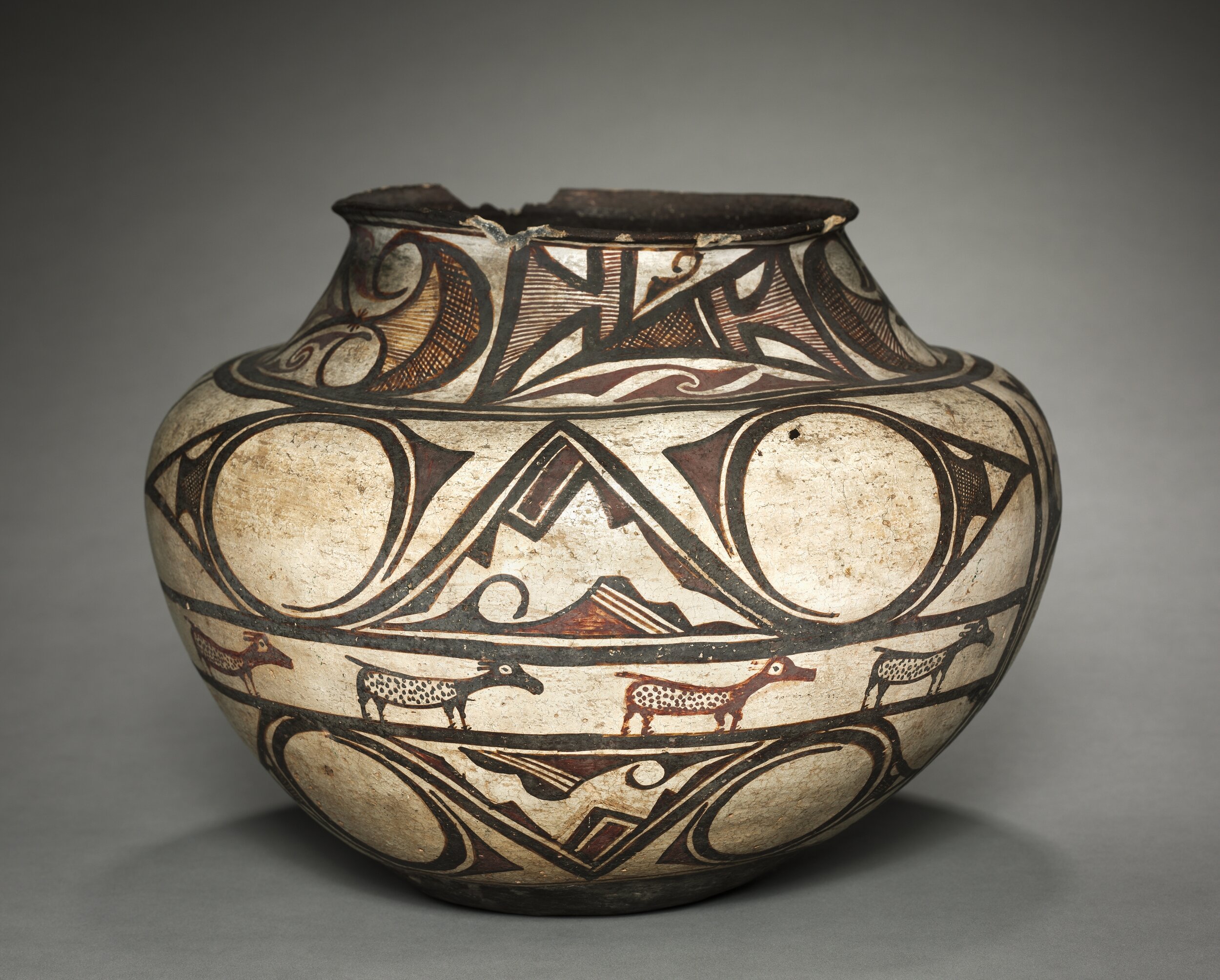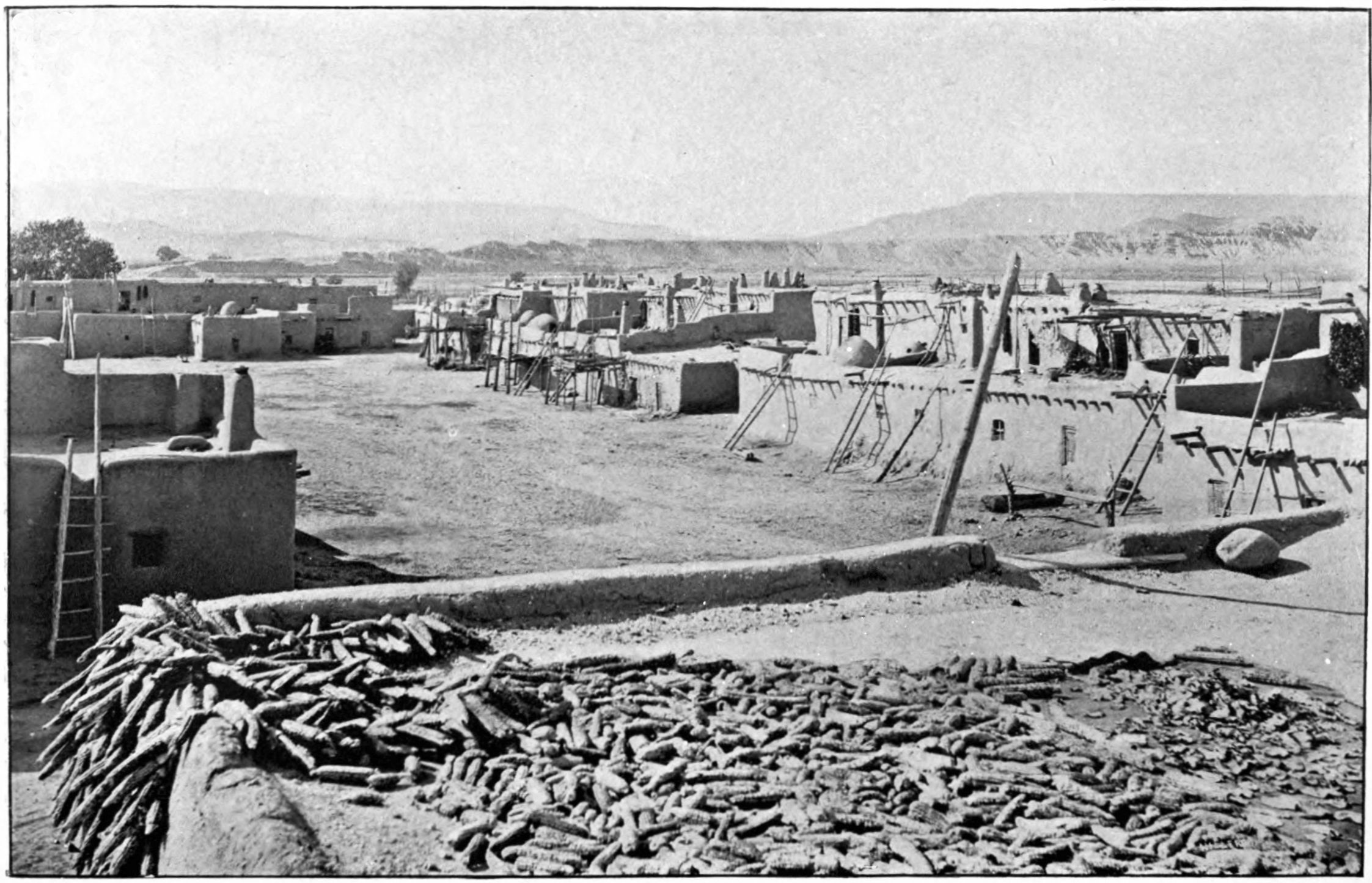A Message from ATADA
ATADA’s highest priority goal is to provide a set of standards for the professional trade in antique American Indian and Tribal Arts.
We present ourselves to the greater public as a trustworthy association of art dealers who adhere to the tenets of our bylaws.
We encourage the public to educate themselves about the cultures these objects represent and the roles they played, and continue to play, within their cultures.
ATADA honors the legacy of world indigenous cultures by abiding to, and disseminating, ethical and responsible collecting practices.
We invite current, and potential, collectors of American Indian and Tribal Arts to familiarize themselves with our field by exploring and reading these introductory resources we have provided for you:
ATADA Recommends: Learn the law and follow it, ask for and provide the best documentation you can, and adhere at all times to the highest standards of professional ethics. When in doubt, consult an attorney.
Please read A Summary of Tribal Art Law and ATADA's Legal Issue Blog Posts for more information.
-
The Members of ATADA shall guarantee the authenticity of all objects that they offer, as represented, to the best of their professional knowledge and belief. On request, they shall provide written copies for buyers of the ATADA Guarantee or a substantially similarly worded written guarantee.
-
Appraising tribal art is a specialized task. There is no substitute for the experience that comes with years of studying, collecting, and dealing in these objects. Within the ATADA Member Directory Listings are full members who regularly perform appraisal and valuation services, along with their contact information, appraisal qualifications, their areas of specialization, and the services they provide. Each member is responsible for the details of his/her credentials published here; ATADA takes no responsibility for the accuracy of their statements. If in doubt, consult a qualified Attorney.
Before proceeding with an appraisal, we recommend that interested parties should first be prepared to talk about how the appraisal will be utilized and what they currently know about the object(s) they have. Furthermore, they should consider the purpose for which they need appraisal help, which can include: insurance evaluations, charitable donations, estate planning, and potential re-sales. All of these purposes carry different appraisal parameters and, more importantly, the monetary values associated with each can vary greatly.
A qualified appraiser will certainly know the differences between all of these purposes and values; they will also be familiar with the Uniform Standards of Professional Appraisal Practice (USPAP). If you are not clear on the type of appraisal you need, a qualified appraiser will assist you. There are many questions that a qualified appraiser will need to consider including identification, tribal attribution, authenticity, condition, restoration, age, provenance, desirability, and more. A qualified appraiser will also have awareness of the sales of comparable objects at public auction or through private venues, and will be familiar with similar pieces held in museum collections.
Appraisals for charitable donations of objects, or a group of similar objects, with a total value over $5,000.00 require special considerations. According to the IRS, a “qualified appraiser” and a “qualified appraisal” are now mandatory for large donations. These terms “qualified appraiser” and “qualified appraisal” are clearly defined in IRS regulations and must be followed. The specific requirements for these designations can be found in Determining the Value of Donated Property, published by the Department of the Treasury, Internal Revenue Service, April 2007, and identified as Publication 561.
-
Replicas and Fakes
Unfortunately, not all sales channels subscribe to the ethical standards of ATADA. There is an ever growing problem of fakes in the Antique and Tribal Art Marketplace. Let’s be clear in what is a replica and what is a fake. Replicas of fine art have been produced almost daily since the originals were created. This is an accepted practice worldwide. It is fully ethical and legal in the USA as long as the piece is represented as what it is, a replica, marked with country of origin. Replicas may also be represented as, for example, “Zuni Style” if it is a replica of Zuni Indian art. However, if the country of origin tag is “lost” and/or if the replica is intentionally misrepresented as “American Indian made” or, for example, “Zuni Inlay” and not “Zuni Style Inlay”, this is a fake and constitutes fraud fully punishable under the laws of the United States of America.
In the standard contracts of auction houses, “once the hammer falls, you bought it.” The buyer has little recourse. Ebay and the auction houses will sometimes help if a piece has been grossly misrepresented., but they are not required to do so under the purchase contract that you sign with them.
There are many dealers who are not knowledgeable about the fakes problem. They simply do not know the difference between replicas and the real thing. Such dealers range from small mom and pop operations to flea market sellers to highly ethical dealers who are operating out of their realm of expertise. Auction houses do not have the staff to eliminate fakes before the sale. There are also a few unethical dealers. In such cases, “let the buyer beware” applies. It is up to the buyer to know what he or she is purchasing and up to the buyer to obtain a written receipt which includes, at least, a description of the item bought which describes the item’s material composition, approximate creation date, area of origin, maker, condition, etc. and up to the buyer to obtain a written guarantee of authenticity with return privileges clearly defined. Watch out for the fine print. Many a “Certificate of Authenticity” handed out with American Indian or Tribal Art provides no, or only very limited, guarantee and return privileges, hence is not worth the paper it is printed on.
How to Buy Antique and Tribal Art
Enter ATADA, an association of professional dealers, scholars and institutions providing education for the public and setting standards for the trade in Tribal Art – standards members must accept and adhere to. As such, ATADA is an organization of honest and informed sellers and professionals affording buyers much-needed security in their consultations and purchases. ATADA protects the public in four ways:
1. Insurance – ATADA provides Group Insurance for collections available to Associates and Full Members at attractive rates
2. Education – informing the public about Tribal Art including American Indian Art and the problems of replicas and fakes – this web page is an attempt to educate the public about a few of the possible problems with replicas and fakes.
3. Guarantee – all ATADA dealers provide a written description of the condition of a piece, with full disclosure of the degree of restoration, if any, and the following guarantee or substantially similarly worded written guarantee: ”In the Seller’s judgment as a dealer in objects of this kind, the information set out above is accurate. If the Buyer shows that such information is inaccurate in any significant way and offers to return the object to the Seller within one year from today, the Seller will accept the return and offer a full refund, which the Buyer agrees to accept as full satisfaction. The return of the object must be in the same condition as sold. The Seller also guarantees that the Buyer gets good title to the object. If the Buyer’s title is questioned and the Seller is promptly so informed by the Buyer, the Seller will either remove any cloud on the title or accept return of the object and give the Buyer a full refund, at the Seller’s option. These guarantees extend only from "Seller's Name" to the Buyer named in this invoice"
4. Vetting – (“vetting” is the process of expert inspection and authentication of pieces of fine art) ATADA will provide vetting of a show at the show promoter’s/organizer’s request, and will request that the show promoter/organizer remove from sale any pieces that, in the vetter's expert opinion, do not conform to the standards set by the show promoter/organizer including, but not limited to, authenticity, age, degree of restoration, and condition. It is incumbent upon the show promoter/organizer to publicize these standards at the show.
Mistakes happen. Human judgment is required to identify replicas and fakes. Replicas in the marketplace are changing rapidly. Auction houses, including eBay, do not have the staff to eliminate all fakes before sale. The best protection for a buyer is to purchase from a knowledgeable ATADA dealer with an area of specialization that matches the desired art who will provide a written guarantee of condition, authenticity, and right to title of a piece. Such a dealer’s livelihood depends precisely on his or her reputation, which, in turn, depends on being right about the art being sold.





























